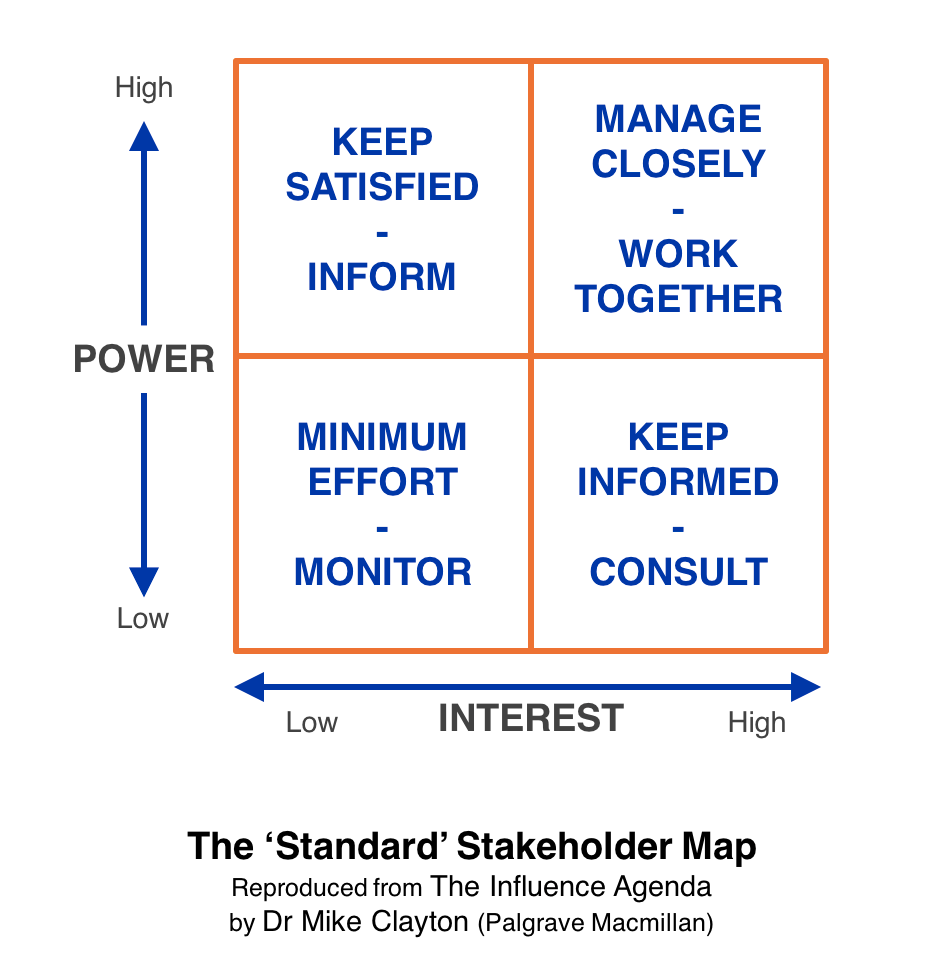Stakeholder Analysis
The work on this is currently managed in Asana.
Outcomes
- We want to understand how open-source components are:
- maintained - who are the people and organizations behind it?
- governed - who makes decisions on how/what to do?
- financed - who contributes financially to the development of the component?
- We want to identify who the decision makers are who can decide:
- to make the energy-use of the component public
- to focus efforts on also improving the energy-use of the component
- We want to document our process of doing the stakeholder analysis and make all findings transparent
- We want to find multiplication effects (e.g. by changing the tools the developers are using to make the component, for example CI/CD platforms to ‘automatically’ measure and show the energy-use per test-run)
Multiplication Thesis #1 - CI/CD Platforms
- Our first thesis is that CI/CD platforms can help us implement the energy & power usage display
Introduction
This project will employ stakeholder analysis techniques to further our understanding of the market for open-source components, particularly their maintenance, governance and financing, and the key decision makers within it. This will enable a targeted approach towards ensuring that the energy-use of components are being measured (kWh) and publicised as part of the development process. We theorise that this increased awareness will ultimately lead to improved energy efficiency of the components.
A digital public good? Yes.
Methodology
Choose appropriate stakeholder analysis matrix for open-source component
We want to identify the stakeholders with the power to enact change and also what their incentives/ disincentives might be in terms of measuring the energy consumption of components. A slightly adapted power-interest matrix was therefore chosen, where stakeholders are grouped depending on their ability to impact the project and their attitude towards it.


Identify stakeholders
This is the first step in any stakeholder analysis and they will be initially grouped according to their respective roles in the open-source component market (e.g., financiers, governance, development). This will aid in their subsequent placement in the matrix described above.
Different stakeholder characteristics identified in sponsored/ commercial open-source (industry-led and industry-involved) compared with the more traditional community open-source. The role of stakeholders is also dependent on the type of governance model deployed for an open-source project. The Open Chain Project provides a compliance format for the supply chain of open-source components and obtained ISO certification in 2020.
Long list of stakeholders (see Miro board for their role in the open-source ecosystem):
- Foundations
- Individual developers (employees)
- Individual developers (volunteers)
- Committers
- Environmental open-source projects?
- Collaboration platforms, e.g., GitHub, Docker
- Commercial open-source software companies, e.g., GitLab, Confluent, HashiCorp, MongoDB, Elastic, Databricks
- Big Tech companies sponsoring open-source
- Other commercial companies sponsoring open-source (industry-led and industry-involved)
- Open-source services companies: e.g.,
- Open-source compliance projects e.g., Open Chain Project
- Crowdfunding platforms
- Government (funding/ regulation)
- Venture capital investors
- End users
Grouping stakeholders
- Includes a short description of thoughts behind the placement of a shareholder in a particular group.
- Italics have been used for stakeholders where grouping is unsure.
- “Attitude” is considering the stakeholders openness to energy-use measurements.
Positive attitude, high impact - prioritise
- Foundations e.g., Apache, Linux
- Incentives for OSS ultimately becoming most environmentally sustainable form of software - increased usage
- Non-profit
- Significant reach/ influence in the open-source community
- Interest and ability to help implement energy-usage measurements?
- Big Tech
- Aligned with their own public sustainability targets,?
- Commercial open-source software companies
- Incentives for OSS ultimately becoming most environmentally sustainable form of software - increased usage)
- Collaboration platforms e.g., Docker, GitHub https://github.blog/2021-04-22-environmental-sustainability-github/
- Government
- Aligned with environmental policies
- OSS, a digital public good, already has societal-wide economic benefits. Incentives for OSS ultimately becoming most environmentally sustainable form of software could increase uptake - future of digitalisation.
Negative attitude, high impact - keep satisfied/ win over
- Big Tech
- Performance of component and profit over environmental concerns?
- Commercial open-source software companies
- Performance of component and profit over environmental concerns?
Positive attitude, low impact - keep informed
- Individual developers (Certain committers or groups of developers may be high impact - is the implementation of energy usage measurements an open-source project itself?)
- Environmentally conscious and likely to have altruistic motivations (want to give back) rather than profit-driven.
- Incentives to be part of something new
- Open-source compliance projects
- Neutral
- Open-source services companies
- Neutral as shouldn’t impact their business model
Negative attitude, low impact - monitor
- Venture capital investors
- Performance of component and profit over environmental concerns?
- Some commercial companies sponsoring open-source projects
- Performance of component and profit over environmental concerns?
